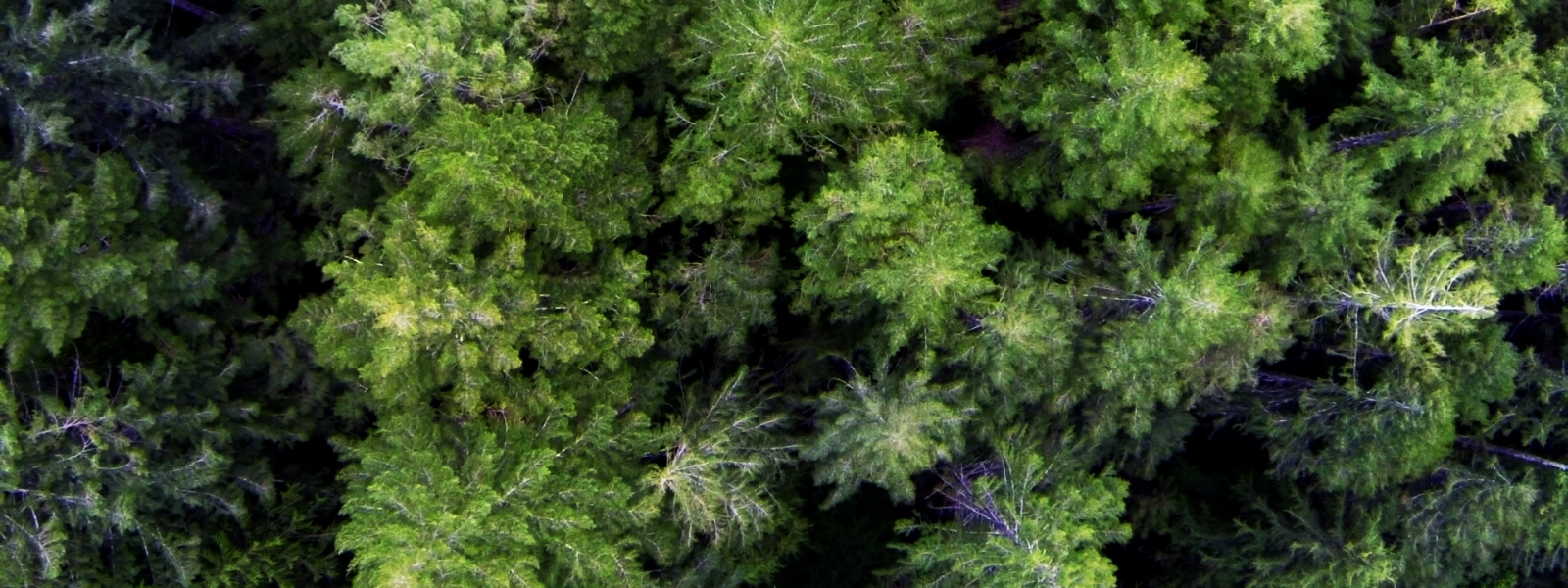David Bollier’s review of Seeing the Forest
Origins of Seeing the Forest
Seeing the Forest is a sequel to a documentary I produced in 1996, called Torrents of Change, which has its own background story.
In 1991, the northern spotted owl was listed as threatened with extinction under the Endangered Species Act. This designation fanned the flames of a conflict over the fate of the old growth forests of the Pacific Northwest, pitting loggers and timber companies against environmentalists and the U.S. Forest Service. I produced a documentary film about this conflict in 1993, called Critical Habitat.
We began shooting for Critical Habitat in April of 1993, when the newly elected President Clinton intervened to quell the increasingly heated conflict by holding a Forest Conference in Portland. At the end of the conference, Clinton ordered the creation of the Forest Ecosystem Management Assessment Team, or FEMAT.
After a year’s deliberations, during which they considered the ecological, economic, and social dimensions of the conflict, they offered several options for Clinton to choose from — ranging from some that gave more weight to ecosystem protection, and others that emphasized continued logging. The option that Clinton chose was a compromise, providing neither the greatest protection for the forest, nor highest economic benefit for affected communities. It became known as the Northwest Forest Plan.
In 16 of the 17 national forests where logging had been shut down after the spotted owl ruling, the plan enabled some timber activity in the remaining natural forest to resume. In the 17th — the Siuslaw National Forest on Oregon’s central coast — no more logging in the remaining natural forest was allowed. This was largely because the plan designated wide buffer zones along salmon-bearing streams, and the Siuslaw contained an extremely high density of salmon streams. However, as a result of years of intensive timber activities, salmon were hard to find.
Jim Furnish, a Forest Service employee since 1965, had been named Supervisor of the Siuslaw in 1991, shortly after the listing of the spotted owl. At that point in his career, he had already begun to suspect that the agency had gone too far in the direction of resource extraction.
When the Northwest Forest Plan came out in 1994, and he realized what it meant for the future of the Siuslaw, he could have simply done nothing — essentially, let the forest become a de facto reserve. However, he knew that wouldn’t bring peace to the community, and the underlying conflict would continue to fester.
Instead, he chose to use the mandates of the Northwest Forest Plan as an opportunity to transform the mission of the Siuslaw, from resource extraction to ecosystem restoration. Torrents of Change, produced in 1996, tells the story of a major storm that hit the central Oregon and had two significant effects in the Siuslaw — it exposed the risks that had been created by years of indiscriminate logging and roadbuilding, and it demonstrated the early success of the restoration programs instituted by Furnish and his staff.
Furnish left the Siuslaw in 1999, when he was named Deputy Chief of the Forest Service. He went on to spearhead the initiative to protect 55 million acres of roadless public lands, one of the last acts signed by President Clinton before he left office in 2001.
Produced 18 years later, Seeing the Forest tells the story of how those early restoration efforts continued under Furnish’s successors, and led to multiple benefits for the communities and the forest ecosystem.
–– Alan Honick
